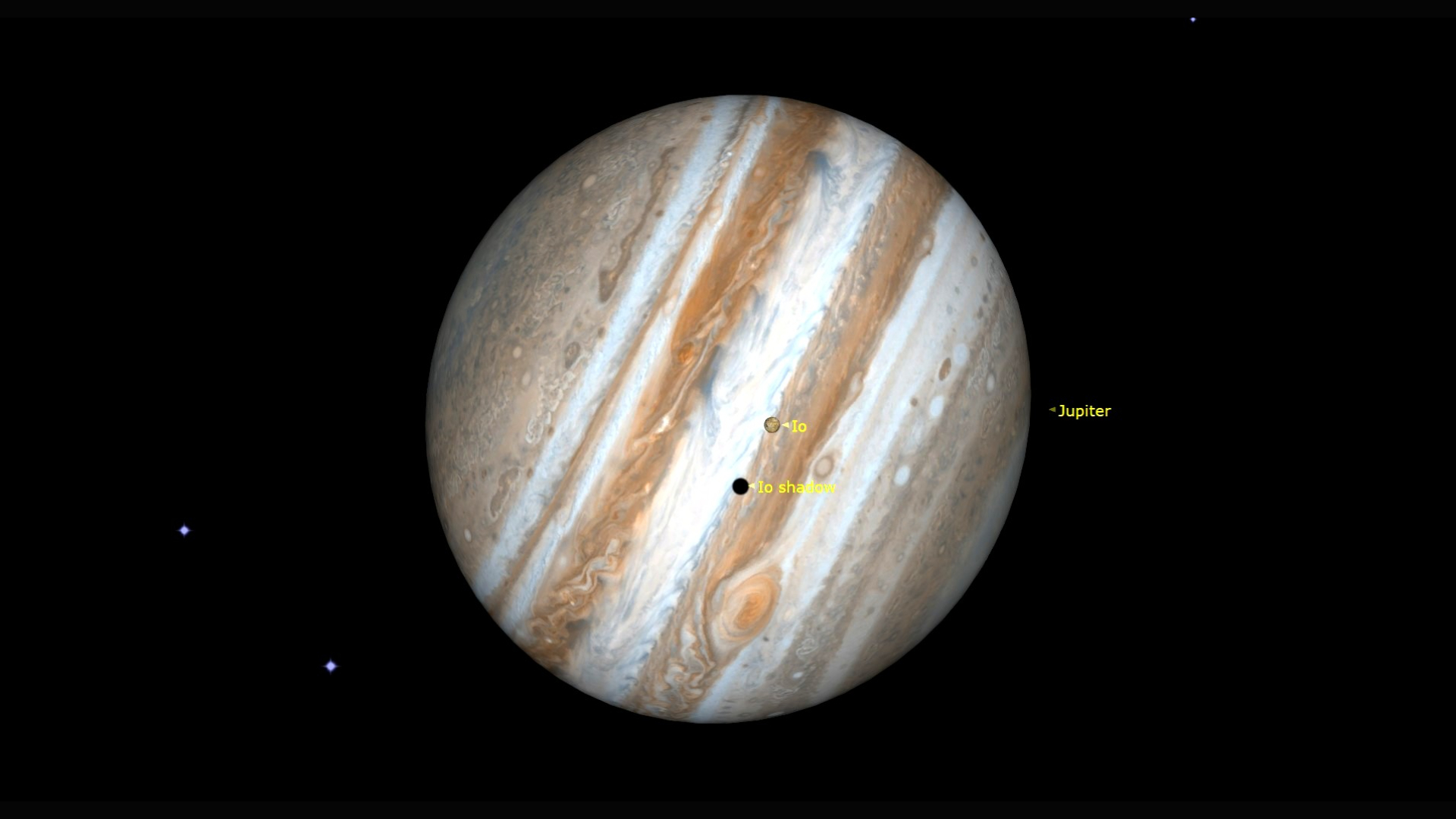How baby stars blow bubbles as they are ejected from their nurseries

Astronomers have developed a new model for simulating how clusters of baby stars form and evolve, helping to explain how bubbles of ionized gas are created away from the heart of a galaxy.
Stellar nurseries often start in clouds of cold hydrogen gas, but the brightest and most massive of these newborn stars ionize the surrounding gas, making it too hot to allow new stars to form. Now scientists think that massive stars scattered by gravitational interactions inside these star-forming regions can punch a hole in the dense molecular gas in the central region to help off-center ionized bubbles get started, according to a statement from the National Astronomical Observatory of Japan (NAOJ).
The theory comes from the work of a research team — led by Michiko Fujii, an astronomer at the University of Tokyo — that spent two years developing a simulation code to accurately reproduce the motions of individual stars. Then, the researchers applied it to mimic the real-life Orion Nebula, which sports an off-center bubble of gas, enlisting in the process the world's most powerful supercomputer dedicated to astronomy simulations, called ATERUI II.
Related: Hubble telescope spies a stellar nursery through clouds in stunning image
"The simulations show that massive, bright, young stars can be ejected from the cluster through gravitational interactions with other stars," Yoshito Shimajiri, a research team member at the NAOJ, which operates ATERUI II, said in the statement.
And when these massive stars are kicked out of their nursery cluster, they can punch through dense molecular cloud, only partially ionizing the gas and allowing star formation to continue. The star's own fate depends on just how big a kick it experienced.
"Some of these ejected stars run away, never to return," added Kohei Hattori, another NAOJ researcher who performed part of the analysis. "In other cases, like what is observed in the Orion Nebula, a massive star can be thrown a distance from the cluster, where it initiates an ionized bubble, and then fall back into the cluster."
Breaking space news, the latest updates on rocket launches, skywatching events and more!
The researchers propose that for the Orion Nebula, the bubble-blowing ejection likely occurred about 100,000 to 200,000 years ago.
A video posted on YouTube shows a simulated star cluster within a cloud of hydrogen gas, depicting the movement of stars and subsequent formations of bubbles of ionized gas.
The research could be scaled up to provide insight into much larger groups of stars, the scientists hope, by incorporating still more processing power into the model.
"This simulation is not the limit of our simulation code," Fujii said in the statement. "Next we want to undertake the first star-by-star star-cluster formation simulation of globular clusters, which are 100 times more massive than the star cluster we simulated in this study."
A study describing the team's work was published June 8 in the journal Monthly Notices of the Royal Astronomical Society.
Follow us on Twitter @Spacedotcom and on Facebook.

Andrew is a freelance space journalist with a focus on reporting on China's rapidly growing space sector. He began writing for Space.com in 2019 and writes for SpaceNews, IEEE Spectrum, National Geographic, Sky & Telescope, New Scientist and others. Andrew first caught the space bug when, as a youngster, he saw Voyager images of other worlds in our solar system for the first time. Away from space, Andrew enjoys trail running in the forests of Finland. You can follow him on Twitter @AJ_FI.
